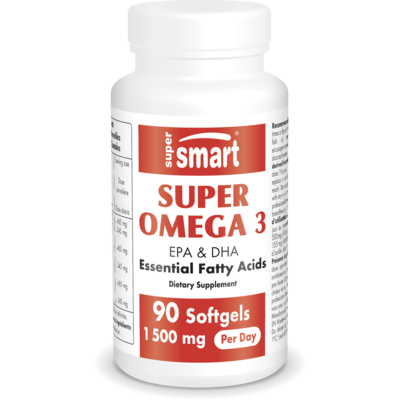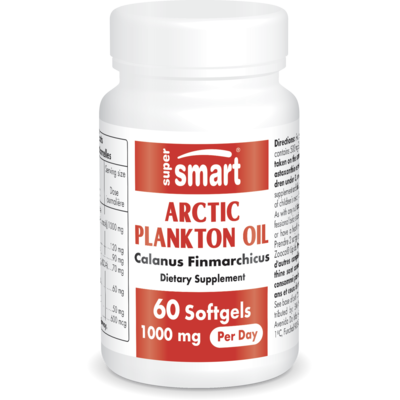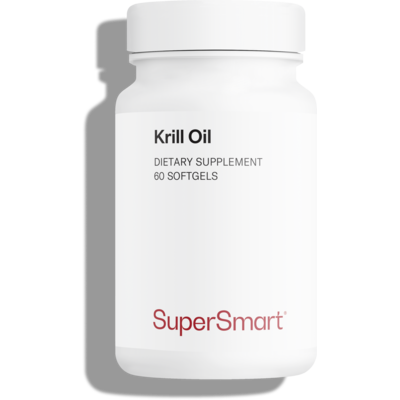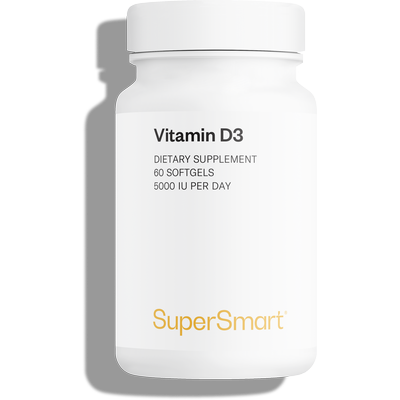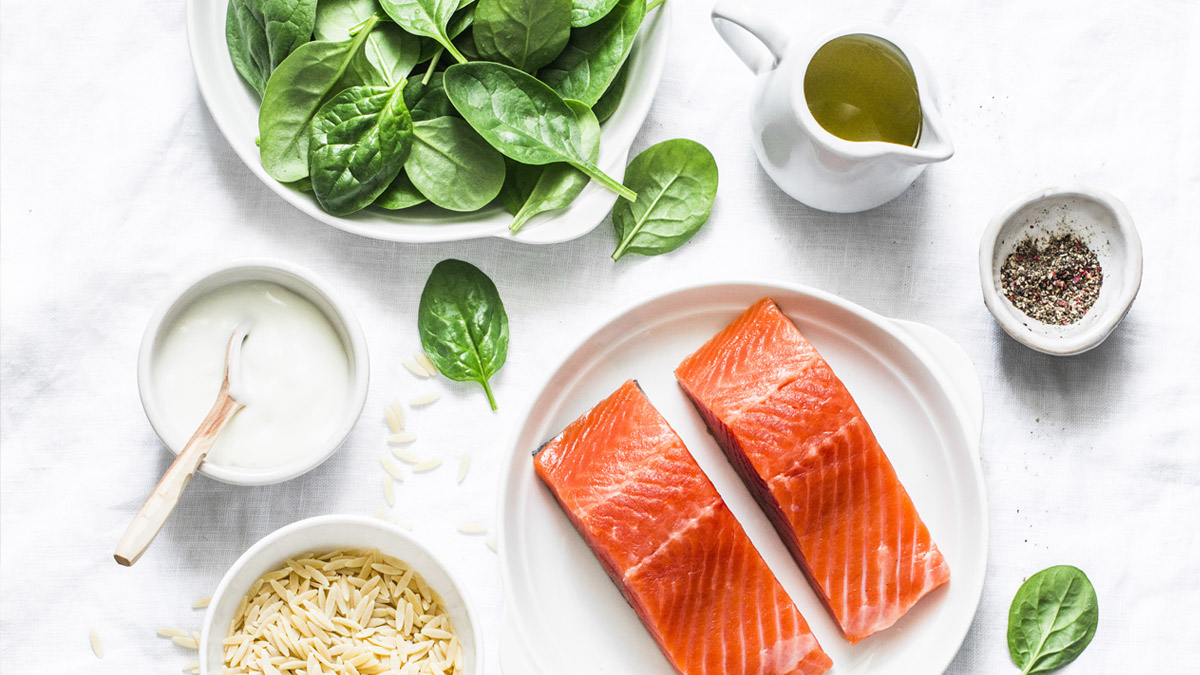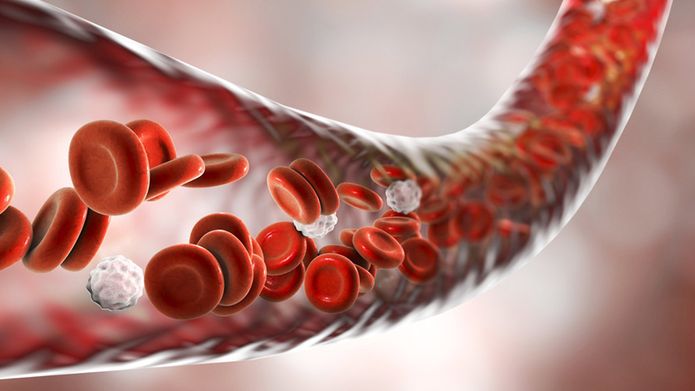Omega-3: which are the best dietary sources?
Omega-3 are polyunsaturated fatty acids which are crucial for heart, brain and eye health. But which foods contain the most?
.jpg)
Omega-3: what exactly are they?
Omega-3 are polyunsaturated fatty acids, ie., fatty acids that contain at least two double bonds between their carbon molecules.
More specifically, omega-3s comprise alpha-linolenic acid (ALA), a short-chain fatty acid, and eicosapentaenoic acid (EPA) and docosahexaenoic acid (DHA), both of which are long-chain fatty acids.
These are termed ‘essential’ as our bodies are unable to synthesize them in sufficient amounts. We cannot produce ALA, and though ingested ALA can be converted into EPA and DHA, it only produces very small amounts. It is therefore vital to obtain these omega-3 fatty acids from our diet.
Why do we need omega-3?
Omega-3, often referred to as ‘good fats’, play a very important role in health:
- ALA helps maintain normal blood cholesterol levels;
- EPA and DHA support healthy cardiac function, as well as normal blood pressure and triglyceride levels;
- DHA helps maintain normal brain function and vision;
- and finally, omega-3 fatty acids, via the mother, support brain development in the fetus and breastfed baby (1).
Omega-3-rich foods from animal sources
Oily fish and seafood: an excellent source of omega-3
The best animal-source foods for omega-3 are fish (primarily oily fish, followed by some lean fish) and seafood. They contain mainly DHA and EPA:
- top of the list is cod liver oil (18g-25g of EPA and 17g-25g of DHA per 100g);
- then comes mackerel (5g-6g of EPA and 3.5g-5g of DHA per 100g);
- then herring (2g-3g of EPA and 0.9g-1.5g of DHA per 100g);
- tinned sardines (1g-2g of EPA and 0.5g-1g of DHA per 100g);
- wild salmon (1g-1.5g of EPA and 1g-1.5g of DHA per 100g) ;
- anchovies (1g-1.4g of EPA and 0.6g-1.2g of DHA per 100g);
- trout (0.4g-1g of EPA and 0.4g-1g of DHA per 100g);
- red tuna (0.2g-1g of EPA and 0.5g-1.5g of DHA per 100g) ;
- halibut (0.2g-0.5g of EPA and 0.2g-0.7g of DHA per 100g);
- and finally, mussels (0.2g-0.5g of EPA and 0.2g-0.5g of DHA per 100g).
It’s worth noting that wild fish usually have more omega-3 than farmed fish …
Land animal products: poor performers?
Land animal-source foods contain far fewer omega-3 than oily fish.
The best such sources are:
- omega-3-enriched eggs (up to 0.6 g of DHA and sometimes EPA per 100g);
- then omega-3-enriched milk (up to 0.1 g of DHA and sometimes EPA per 100g);
- standard eggs (0.03g-0.1g of ALA per 100g);
- standard milk (0.01g-0.05g of ALA per 100g);
- depending on the animal’s diet, meat may contain omega-3, but usually in smaller amounts.
Eggs and dairy products, ideally enriched with omega-3, can therefore make a modest contribution to an omega-3-rich breakfast.
Plant-source foods high in omega-3
Let’s now take a look at omega-3-rich foods from plant sources.
First of all, we’re aware that many of our readers would like to know which fruit has the most omega-3… Unfortunately, the majority of fresh fruits have no omega-3 at all, the one exception being avocados which have around 0.1g of ALA per 100g).
In fact, the best plant-source foods for omega-3 (specifically ALA) are seeds (and seed oils), nuts and dried fruits, and to a lesser extent, some green vegetables:
- first place goes to flaxseed oil (53g-55g ALA per 100g);
- then flax seeds (22g-24g of ALA per 100g);
- hemp oil (around 20g of ALA per 100g);
- chia seeds (17g-20g of ALA per 100g);
- walnut oil (10g-13 g of ALA per 100g);
- canola oil (rapeseed) ( 9g-11g of ALA per 100g);
- walnuts (2.5g-3g of ALA per 100g);
- soya (1g-1.5g of ALA per 100g);
- tofu (0.2-0.4g of ALA per 100g);
- pumpkin seeds (0.1g-0.3g of ALA per 100g);
- grapeseed oil (0.1- 0.2g of ALA per 100g);
- avocados (0.1g-0.2g of ALA per 100g);
- raw spinach (0.1g-0.2g of ALA per 100g).
In addition, some types of edible seaweed contain small amounts of EPA and DHA: ulva (sea lettuce), porphyra (nori), Ecklonia cava, Chlorella…
Which supplements should you take to boost your intake of omega-3?
To add to your omega-3 intake, especially EPA and DHA, you also have the option of taking dietary supplements offering higher doses. Standard omega-3 supplements contain fish oil, usually obtained from oily fish in which the omega-3 is in the form of triglycerides or ethyl esters.
Krill oil, on the other hand, is extracted from krill, small shrimp-like crustaceans. Here, the omega-3 are in the form of phospholipids which are more easily absorbed. It also contains astaxanthin and does not smell or taste as strong as fish oil.
Finally, calanus oil comes from Calanus finmarchicus, a tiny zooplankton copepod found in arctic regions. Its omega-3 are primarily in the form of wax esters, which are better able to withstand enzymes in the gut and thus offer additional effects on metabolism. Another key advantage is that as calanus is so abundant, it is considered a renewable resource.
SuperSmart ADVICE
References
- Krupa K, Fritz K, Parmar M. Omega-3 Fatty Acids. [Updated 2023 Jan 17]. In: StatPearls [Internet]. Treasure Island (FL): StatPearls Publishing; 2023 Jan-. Available from: https://www.ncbi.nlm.nih.gov/books/NBK564314/
Keywords
3 Days
Availability of quality health…
Availability of quality health supplements and it's wide variety is impressive. Ordering is seamless and shipping even during the holidays is well streamlined.
Mohamad Hussein
18 Days
A Product worth waiting for when not…
A Product worth waiting for when not available and then arriving as a surprise!
DOMINIC
19 Days
On time shipping
On time shipping
GEORGE Verne
21 Days
Ordering was easy and the product was…
Ordering was easy and the product was delivered with no problems. Appreciated that I was notified when it would arrive. Thanks!
MascarC
27 Days
Great customer service - responsive …
I ordered from them and my item was unavailable for sometime. I was super happy when they reactivated my order and shipped my item which arrived very quickly. Great customer service.
Ruth Rueter
28 Days
Super fast shipping
Super fast shipping
Donald Borling
31 Days
Reputable companysearch and the number of…
The research and the number of selection of products.
NAKHJAVAN Shervin
44 Days
The Anti Aromatase is a great product
The Anti Aromatase is a great product. You just need to have constant inventory. Recently this product has been out of stock.
GEORGE Verne
45 Days
Great help on chat
Great help on chat. Knowledgeable and friendly.
Jason Argos
49 Days
Customer service was fast and friendly.
Customer service helped to stop the transaction process of the subscription. I appreciated that.
Greenie
49 Days
I order here due to the high quality of…
I order here due to the high quality of the products and the quick delivery of items - thank you
Barbara J
50 Days
SuperSmart's Eye Pressure supplements: highly recommended!
I purchase SuperSmart's Eye Pressure supplements regularly for over 5 years, and gotta say they are truly a wonderful product for my Glaucoma. Highly recommended if you have eye pain from your Glaucoma.
D. Martinez
55 Days
Quick service
Quick service
MONELL
56 Days
Speedy service.
Speedy service.
ROSENTHAL Marvin
59 Days
Clear website- Efficient
Clear website. Excellent search engine and fast delivery!
Mohamad Hussein

